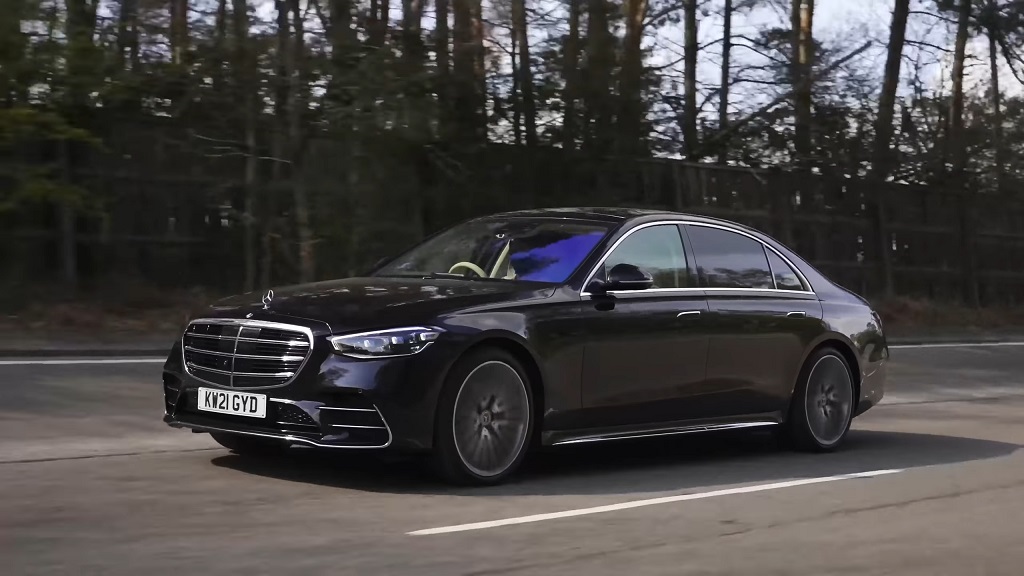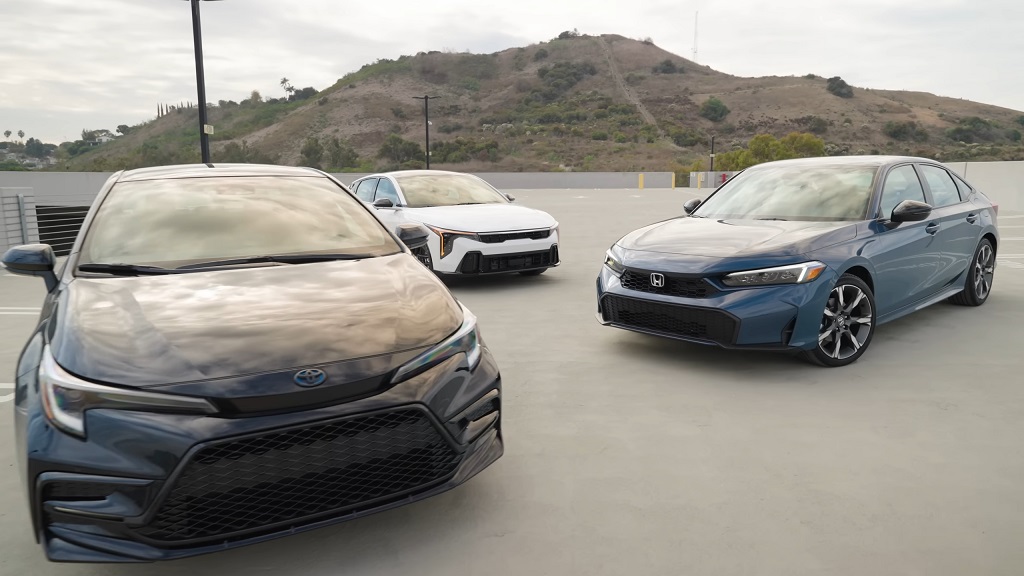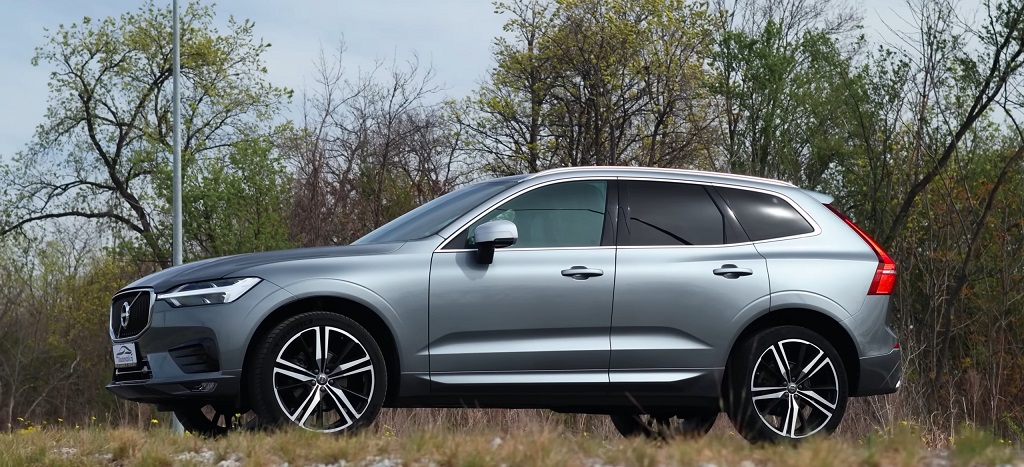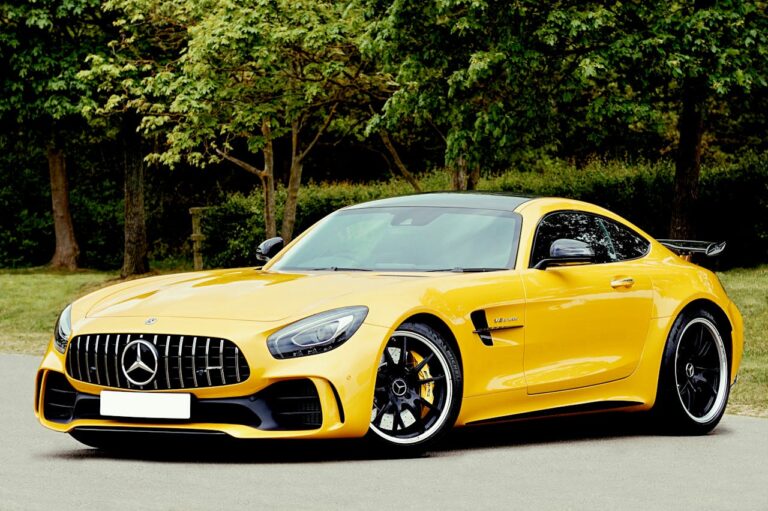The car market in 2025 is more competitive than ever, and buyers face a big question before signing on the dotted line: is it worth paying more for a luxury badge, or can a well-equipped budget car deliver just as much satisfaction?
Prices are climbing across the board, and technology that once belonged exclusively to premium brands is now showing up in affordable models.
The decision isn’t just about money, as it’s also about how you want your daily drives to feel, how much you’re willing to spend over time, and which features truly matter to you.
Luxury automakers promise craftsmanship, cutting-edge tech, and prestige. Budget-friendly manufacturers lean on value, reliability, and efficiency.
And with each year, the gap between them narrows. Let’s go through the differences in performance, safety, comfort, costs, and ownership so you can decide if the extra dollars really pay off.
Defining Luxury and Budget Cars

Luxury models usually come from names like BMW, Mercedes-Benz, Lexus, Audi, and Porsche. Entry-level versions start near $40,000 and can easily pass $100,000.
Their pitch is premium materials, advanced engineering, and a refined image. Budget or mainstream vehicles – from brands such as Toyota, Honda, Hyundai, Kia, and Mazda – sit closer to the $20,000 to $40,000 range.
They focus on practicality, efficiency, and affordability. In recent years, though, top trims of budget cars have blurred the lines.
A fully loaded Hyundai Sonata or Mazda CX-5 can surprise you with leather upholstery, advanced driver aids, and polished cabin design, making them feel far more upscale than the price tag suggests.
Performance and Driving Feel

Performance is one of the strongest draws of a luxury car. More powerful engines, refined suspension systems, and soundproofing combine to make the drive feel both smoother and more controlled at higher speeds.
A Mercedes-Benz S-Class can be fitted with a strong V6 or V8 that accelerates with ease, paired with adaptive dampers that absorb road imperfections without fuss.
Steering tends to be precise, and handling is balanced even in tight curves. Mainstream cars lean more toward efficiency, but many now punch above their weight. The Mazda 3 2.5 Turbo, for instance, puts out 250 horsepower and comes with all-wheel drive.
It reaches 60 mph in roughly six seconds, on par with some entry-level luxury sedans like the Mercedes-Benz CLA-Class, yet manages a combined 27 mpg.
In MotorTrend tests, mainstream sedans like the Honda Accord often keep pace with pricier rivals in everyday driving. Luxury cars still pull ahead in areas like high-speed stability and noise isolation, but for short commutes or city driving, you might find little difference in how “premium” the experience feels.
Safety and Reliability
Safety tech has become a standard expectation, no matter the brand. Most modern vehicles come with automatic emergency braking, lane-keeping assist, adaptive cruise control, and sometimes even driver monitoring systems.
Affordable models from Hyundai, Kia, and Toyota regularly score top marks with both the IIHS and NHTSA. Luxury cars may add features like night vision cameras or traffic jam assist, but reliability statistics often tilt in favor of budget brands.

Consumer Reports ranked Subaru at 81 out of 100 for brand reliability in 2022, ahead of BMW (78) and Lexus (77). The difference often comes down to complexity – fewer moving parts mean fewer chances for things to go wrong.
A Toyota Corolla can easily pass 200,000 miles with minimal repair history, while certain European luxury sedans may see more frequent shop visits after the warranty period ends.
Interior Comfort and Materials
Here’s where the luxury advantage shines brightest. Premium cars use high-end leathers, genuine wood trim, and meticulously fitted panels. A Lexus ES might offer ventilated, massaging seats, customizable ambient lighting, and near-silent cabins. Still, the gap is closing.
The Toyota Avalon, closely related to the Lexus ES, offers similar space, soft-touch finishes, and plush seating – for about $10,000 less. In SUVs, the Volvo XC40 – an entry point into luxury at just over $41,000 – matches the ride comfort of models well above its price.
Mainstream competitors like the Kia Telluride or Hyundai Palisade have impressed reviewers with interiors that feel far more expensive than they are.
Technology and Infotainment

Advanced tech used to be a luxury-only selling point. Now, budget cars can match or even beat premium rivals in some cases. A Hyundai Elantra, starting near $20,000, offers a 10.25-inch infotainment display, wireless smartphone integration, and voice commands.
Many luxury brands still reserve wireless features for higher trims or charge extra for them. High-end brands like Mercedes-Benz push the envelope with augmented reality navigation or AI-driven assistants. Impressive as they sound, these features sometimes suffer from glitches, and repairs can be costly once the warranty ends.
For fuel economy, mainstream hybrids and EVs can outshine luxury models. A Toyota Prius at up to 57 mpg combined leaves most premium hybrids in the rear-view mirror when it comes to efficiency.
Maintenance and Repair Costs
Maintenance is one of the clearest dividing lines between luxury and budget cars. CarEdge data analyzed by SoFi shows the average 10-year maintenance cost for luxury cars sits above $13,000, compared to under $5,000 for most non-luxury brands.
| Brand Category | Average 10-Year Maintenance Cost | Examples |
| Luxury (High) | $15,000+ | Land Rover ($18,304), BMW ($15,991) |
| Luxury (Low) | $3,000-$5,000 | Tesla Model 3 ($3,587), Lexus RZ ($4,595) |
| Non-Luxury | $3,000-$4,000 | Toyota, Honda (under $4,000) |
Specialized parts, brand-specific tools, and higher labor rates drive up repair bills for premium vehicles. Even oil changes or brake replacements can be double the cost of a mainstream car’s service.
Electric luxury models like the Tesla Model 3 are an exception, with fewer moving parts and lower maintenance demands, although tire replacements and battery servicing remain pricey.
Total Cost of Ownership
Looking at sticker price alone doesn’t tell the full story. AAA estimates the average new vehicle costs $12,182 per year to own, factoring in fuel, insurance, maintenance, depreciation, and financing.
Luxury models often push this number higher with steeper insurance rates and faster depreciation. Bentley vehicles, for example, can lose over 60 percent of their value in five years.
Mainstream models like the Toyota Camry tend to retain about 50 percent of their value over the same period.
That retention means lower overall costs if you sell or trade-in down the road. Hybrids and efficient gas models add savings on fuel – sometimes over $1,000 in five years compared to less efficient luxury vehicles.
Resale Value
When it comes time to sell, budget brands often give you more back. Kelley Blue Book consistently ranks Toyota and Honda near the top for resale value, holding onto 40-50 percent of their original price after five years.
Luxury cars, with some exceptions like Lexus and Porsche, often settle in the 30-40 percent range. The lower resale percentage combined with higher running costs can make them less appealing for budget-conscious buyers.
Budget-Friendly Cars That Feel Like Luxury
If you want the premium feel without the premium cost, some mainstream models deliver in spades:
- Kia Stinger GT vs. Audi A7 – The Stinger offers 365 hp, Nappa leather, and AWD for about $50,390, undercutting the A7 by nearly $20,000.
- Toyota Avalon vs. Lexus ES – Nearly identical under the skin, but the Avalon can be $10,000 less while offering similar comfort.
- Chevrolet Corvette Stingray vs. Mercedes-AMG GT – At around $60,000, the Corvette delivers more horsepower and quicker acceleration.
- Mazda3 Turbo vs. Mercedes CLA – Comparable torque and interior finish, about $8,000 cheaper.
- Kia K900 vs. Lexus LS – Twin-turbo V6 power, spaciousness, and savings of over $17,000.
When Luxury Might Be Worth It

Luxury models make sense if you:
- Value brand prestige and presentation
- Want a whisper-quiet ride at highway speeds
- Prioritize cutting-edge tech like autonomous driving aids
- Are looking for exceptional handling in sports cars (Porsche, for example, has a driving feel that’s hard to replicate)
In MotorTrend evaluations, the Volvo XC60 stood out for combining advanced safety with stylish interiors, making the higher cost justifiable for certain buyers.
Practical Takeaways
- Daily driving comfort can be found in both categories, especially in well-equipped mainstream models.
- Safety is no longer exclusive to luxury brands – many affordable cars match or exceed premium safety scores.
- Maintenance costs will be significantly lower for budget vehicles over time.
- Resale value favors brands like Toyota and Honda if you plan to sell within 5-7 years.
- Luxury value comes in refinement, prestige, and high-performance engineering – but it requires deeper pockets long-term.
Final Words
The “better” choice depends entirely on what you want out of your car. Luxury vehicles deliver unmatched refinement, status, and sometimes performance.
Budget models can offer 80 to 90 percent of that experience for far less money – with lower long-term costs and often higher reliability.
Before committing, take the time to test drive both categories, run ownership cost estimates, and consider how long you plan to keep the vehicle.
In many cases, you’ll find that the right car isn’t the most expensive one – it’s the one that fits your life without straining your wallet.

